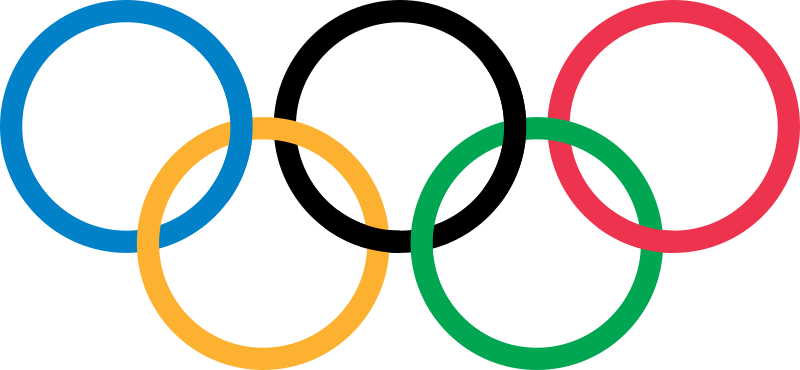CANMORE – The message is loud and clear: if more funding doesn’t come for National Sports Organizations (NSOs) then athletes and their performances are going to suffer.
This week, the Canadian Olympic Committee (COC) and Canadian Paralympic Committee (CPC) requested a $104 million annual increase to the sport system funding that is “urgently needed” as the financial health of NSOs has become “increasingly dire.”
“This is something really truly needed in the sport system,” said Kerry Dankers, CEO of Biathlon Canada.
“Stability is something that athletes really need as a foundation to performance. Stability is also really important when it comes to the delivery of barrier free, safe and inclusive sport and that all can happen when the system is properly funded.”
The committees said the significant gap in funding of $104 million is caused by 19 years of inflation since the last increase to sport funding in 2005 ($20 million), the sunsetting of issue-specific funding ($57 million), and the cost of increased demands on NSOs from stakeholders ($27 million).
A Deloitte study reported a gloomy five-year forecast showing that NSOs will accumulate a collective deficit of approximately $134 million.
“We have known this was a growing issue but seeing the numbers in black and white really highlight that we’re on the brink of a crisis,” said David Shoemaker, COC Chief Executive Officer and Secretary General. “(...) Without an immediate injection of funds athletes will suffer in the next 12-18 months as we prepare to act on the findings.”
The government of Canada is set to release its budget April 16.
According to the COC and CPC, the funding would go directly to NSOs such as Biathlon Canada and Nordiq Canada, which operate out of Canmore.
The committees said 90 per cent of NSOs rely on federal funding from organizations such as Own The Podium, by way of Sport Canada and the Canadian Olympic Committee to deliver programs and services. Funding by Own The Podium rewards performance-based results at major sporting events such as the Olympics, Paralympics or World Championships. Money distribution is based on the probability of success and is not distributed equally.
Canada has 56 Olympic and Paralympic NSOs and five Pan American Sport Organizations.
Dankers said it’s important that Canadians know the position sports are in.
“It just really shines a light on the situation that NSOs in Canada are in and Biathlon Canada is one of those sports that has had decreased funding over the past few years and expectation is that that will continue,” she said.
For a financially-stressed sport like biathlon, on top of a 30 per cent cut to Biathlon Canada last year, Canadian biathletes often pay their own tour fees, up to $15,000 CAD to race overseas each season.
“Athletes are paying for just about everything and yeah, it’s kind of sad,” said Biathlon Canada's senior national team's head coach Justin Wadsworth in a October 2023 interview with the Outlook. “A lot of sports are going through the same thing. Biathlon is not on its own.”
Nordiq Canada CEO Stéphane Barrette said NSOs have been doing more with less but “you can’t do that forever.”
“That's why it was really a bit of a cry for help,” said Barrette.
“The point we want to make is that we're not just begging for money, we're offering politicians and the current government in power to make a wise investment and reap the benefits in the future that is not gonna be that distant.”
The NSOs, along with the committees underline the lack of funds will trickle down to sport development across the country, as well.
In their request, the Olympic committees pointed out the legalization of single sport betting that has generated more than $200 million in GST revenue from sport betting and iGaming in 2023 in Ontario.
“Derived directly from the sport industry, it is imperative that these new tax dollars be reinvested to ensure that our national sport system is financially healthy and operationally whole to provide safe and inclusive sport experiences for Canadians,” said the COC and CPC.
They added that NSOs cannot continue on this trajectory or run deficits and if nothing changes, difficult decisions will have to be made.


